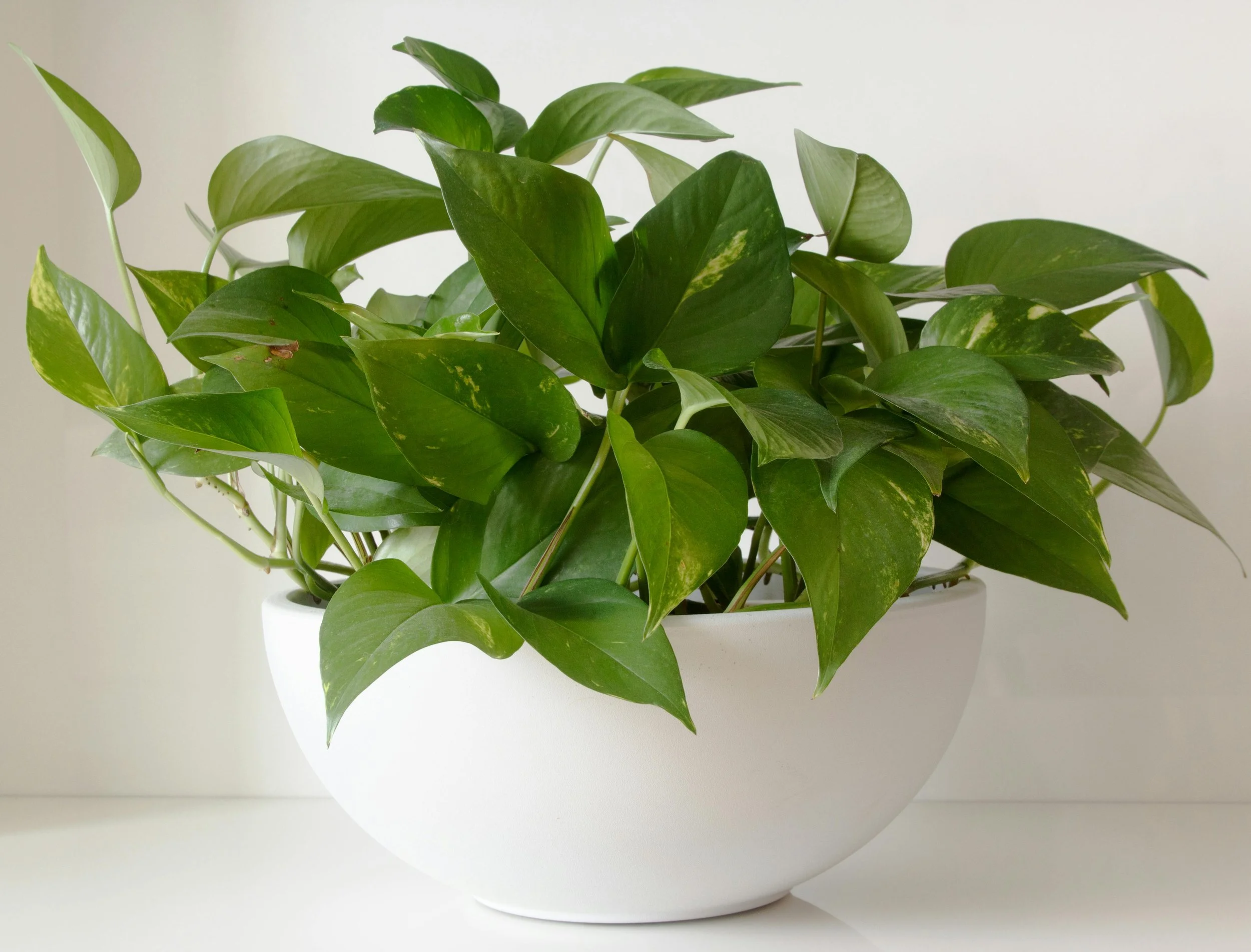Mini-Gardens for Hospice Patients
There's something deeply comforting about watching a seed grow into a plant, tending to green leaves, and being surrounded by living beauty. For hospice patients spending most of their time indoors, creating small, manageable gardens can provide purpose, gentle activity, and connection to the natural world that nurtures both body and spirit.
Indoor gardening for hospice patients isn't about creating elaborate displays or perfect growing conditions. It's about bringing the therapeutic benefits of nature within reach, providing gentle activities that can be enjoyed from bed or a comfortable chair, and creating living spaces that feel more like home and less like a medical environment.
The Healing Power of Indoor Gardens
Caring for plants provides gentle, purposeful activity that can be adapted to any energy level or physical ability. On days when patients feel stronger, they might enjoy watering or deadheading flowers. When energy is low, simply observing growth, breathing in the fresh scent of herbs, or touching soft leaves can provide comfort and connection to life's ongoing cycles.
Research shows that interacting with plants can reduce stress, lower blood pressure, and improve mood. The sensory benefits are especially meaningful during hospice care. The fresh scent of herbs like lavender or mint provides aromatherapy benefits, while colorful flowers create focal points that lift spirits. The tactile experience of touching soft petals or textured leaves engages the senses in positive ways that can provide distraction from pain or discomfort.
Choosing the Right Plants
The best plants for hospice mini-gardens are forgiving, require minimal care, and provide maximum sensory benefit. Herbs are excellent choices because they're hardy, offer wonderful scents, and can be used in cooking or teas. Basil, mint, rosemary, and lavender are particularly rewarding and can thrive in small containers near a sunny window.
Succulents make ideal hospice plants because they require minimal watering while offering interesting shapes, colors, and textures. Jade plants, echeveria, and small aloe plants are nearly indestructible and provide satisfaction even for patients with limited gardening experience.
Flowering plants like African violets, small orchids, or begonias can bloom repeatedly with minimal care, providing ongoing color and beauty. Choose varieties known for being resilient rather than those requiring precise growing conditions.
Simple Container Solutions
The right containers make mini-gardening accessible and manageable. Shallow, wide containers are easier to reach than deep pots and require less soil and water. Window box planters can sit on sills or bedside tables, bringing plants within easy reach of patients who spend time in bed.
Self-watering containers or those with water reservoirs can extend the time between watering sessions, making garden care more manageable when energy levels fluctuate. These systems provide consistent moisture while reducing the physical demands of daily plant care.
Creating Gardens for Different Abilities
Design mini-gardens that can be enjoyed regardless of physical limitations. For patients with limited hand mobility, choose plants with sturdy stems and leaves that can tolerate gentle handling. Raised containers can bring gardens to comfortable heights for patients in wheelchairs.
Consider tactile gardens featuring plants with interesting textures like lamb's ear (soft and fuzzy), succulent rosettes (smooth and firm), or herbs with varied leaf surfaces. For patients who can no longer actively tend plants, position mini-gardens where they can be easily observed and enjoyed from bed or favorite chairs.
Gardening for the Senses
While it can be fun to have flowering plants, it can be equally enjoyable to have plants that smell good. Herb gardens are especially good for this. Rosemary, mint, and basil are easy to grow, and just rubbing your fingers across the leaves can release a good smell into the air. Plus, they can be used in cooking, and in teas and other drinks as well.
Family Involvement and Safety
Mini-gardens can become shared projects that involve family members and provide natural opportunities for connection. Grandchildren can help with watering or simply observing changes during visits, while family members can take turns caring for the garden when patients are unable to do so themselves.
Choose non-toxic plants, especially if grandchildren visit regularly or if you have pets around. Keep gardening tools simple and safe, using small watering cans and lightweight containers. Ensure proper drainage with saucers under all plant containers to protect furniture.
The Gift of Growth and Beauty
Mini-gardens for hospice patients offer far more than just plants in pots. They provide connection to life's ongoing cycles, opportunities for gentle purpose and activity, and beauty that can brighten even difficult days. Whether it's a single potted herb on a windowsill or a collection of small containers creating a tabletop garden, these living displays bring hope, beauty, and the simple pleasure of nurturing life.
